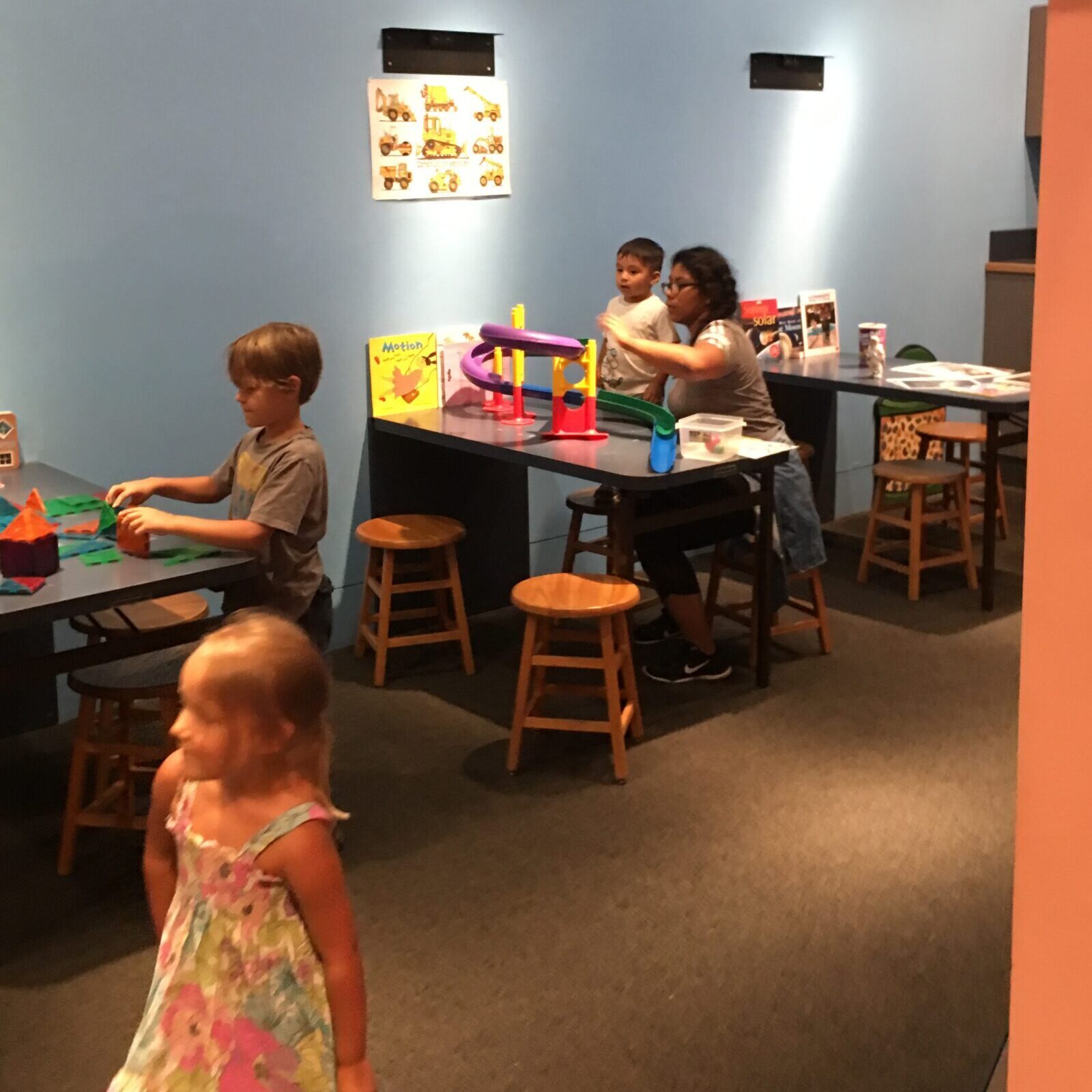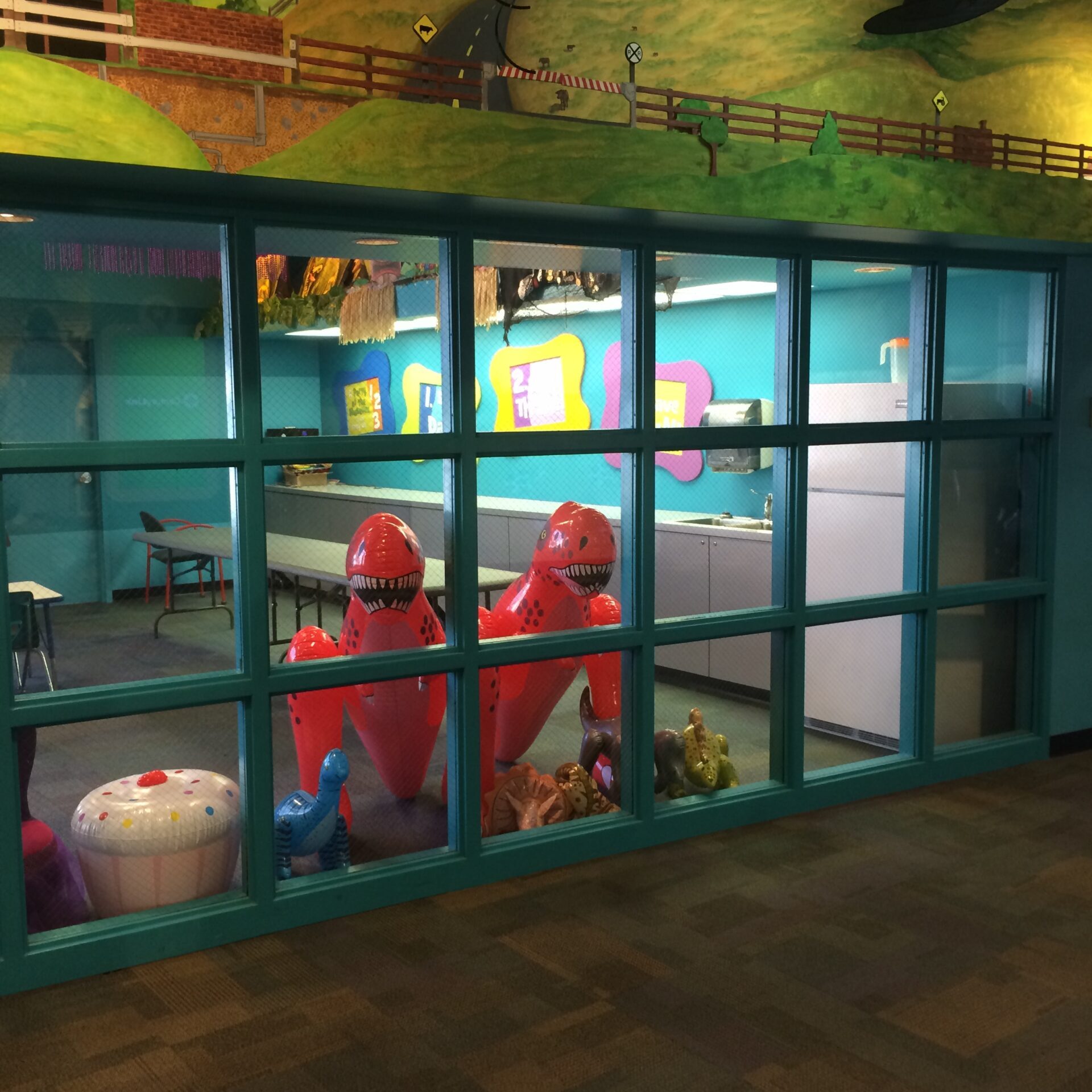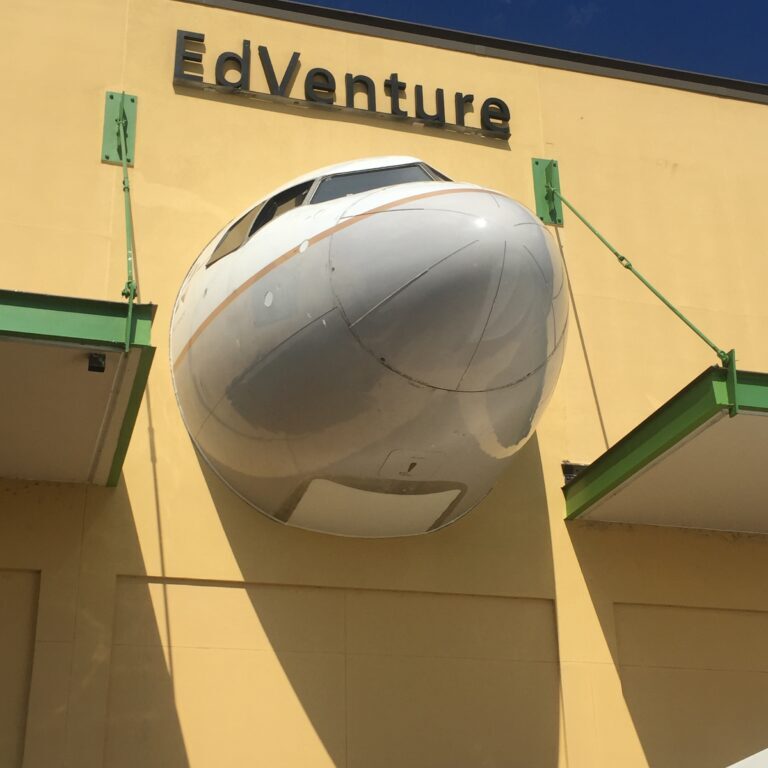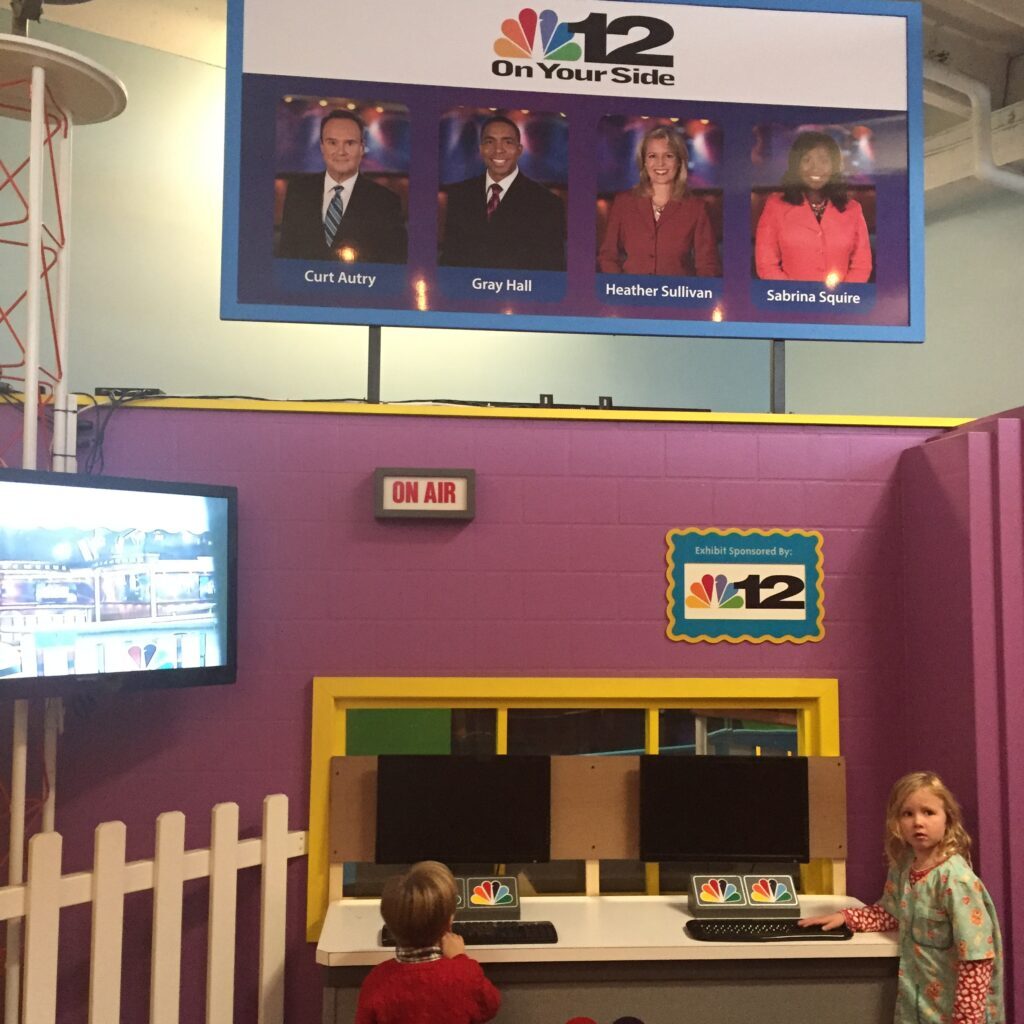Why a Children's Museum?
Family Resource AND Economic Development Asset
When designed for long-term viability, a thriving children’s museum is a resource to families and an asset for economic development. With hundreds of daily visitors, children’s museums:
- Give young families learning experiences, time together, and vital human development information that helps prepare young children for their first years of school and beyond - academically and socially.
- Inspire and accelerate children’s creative problem solving and innate love of learning.
- Create vibrancy and foot traffic benefitting neighboring businesses.
- Serve as the community’s most visible commitment to early education, enhancing the area’s appeal to young families.
- Foster inclusive communities through their universal appeal to diverse families whose young children naturally interact and play together.


Specifically, well-designed children’s museums:
- Make learning and discovery joyful pursuits for families,
- Give children the experience of self-directed learning.
- Engage children in ways that develop critical thinking skills,
- Inspire creativity (even in adult visitors!)
- Offer diverse spaces that let children try a wide range of activities and discover new interests.
- Create purposeful interaction so children practice and develop vital social-emotional skills.
- Enhance Kindergarten readiness and reading/numeracy skills through thoughtfully designed exhibits and programs.
- Incorporate relevant information to support adult caregivers in their role as first teachers, amplifying their impact.
Human brains develop faster during the first five years of life than other times. Children’s museums enrich this critical period, giving children a safe place to experiment, explore, and engage.
Thriving children’s museums also contribute to their community’s economic development. In an obvious way, they employ staff and benefit adjacent retailers when hundreds of people visit the museum each day. But also, a local children’s museum broadcasts to potential residents and businesses that this community invests in young families. Children’s museums have always been economic development assets for bigger markets, but their contribution to placemaking makes an even stronger statement in smaller communities.
From their impact on the smallest child to the entire community, children’s museums bring value culturally, educationally, socially, and financially.
Why doesn’t every town have one?
With 30 million children in the US and only 400 children’s museums, we’ve been wondering this for years. We think it boils down to this:
They can cost too much!
- Construction, exhibit design/build/installation, and all other start-up expenses have historically totaled between $5M and $20+M, too much for many communities.
- Structured as private nonprofits, most children’s museums are governed by local volunteer boards of directors drawn to the museum’s mission. But without professional children’s museum knowledge, they can understandably assume a visitor’s viewpoint and emphasis, missing the wider perspective that drives future successful operation.
- As nonprofits, children’s museum leaders accept without question that they must perpetually raise grants and contributions to fill the gap between total operating costs and earned income - a gap as high as 60% of the total annual operating budget.


A New Approach Means More Communities Can Now Afford Children’s Museums!
We know from serving more than 4.5M children’s museum visits, renovating two nationally recognized children’s museums, and building six additional networked museum locations that these museums bring substantial value to children, families, and their communities. Our breadth and depth of experience drive our commitment to help more children grow up visiting a local children’s museum.
To be honest, it bugs us that the United States only has 400 children’s museums and not 4,000. We started this company to help make more of them, while also making them more resilient, more accessible, and more relevant than ever before.
We have re-thought everything about how children’s museums are built and operate - and can build and manage them without draining limited philanthropic resources. Today, we are excited to share our knowledge and bring the value of children’s museums to families in every community that would like one. Learn how now.
